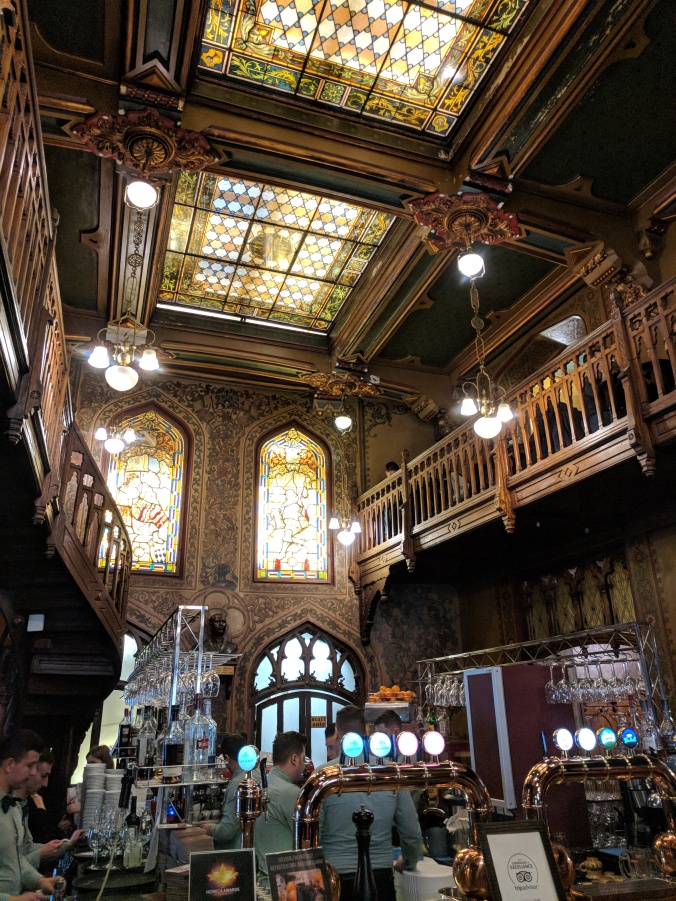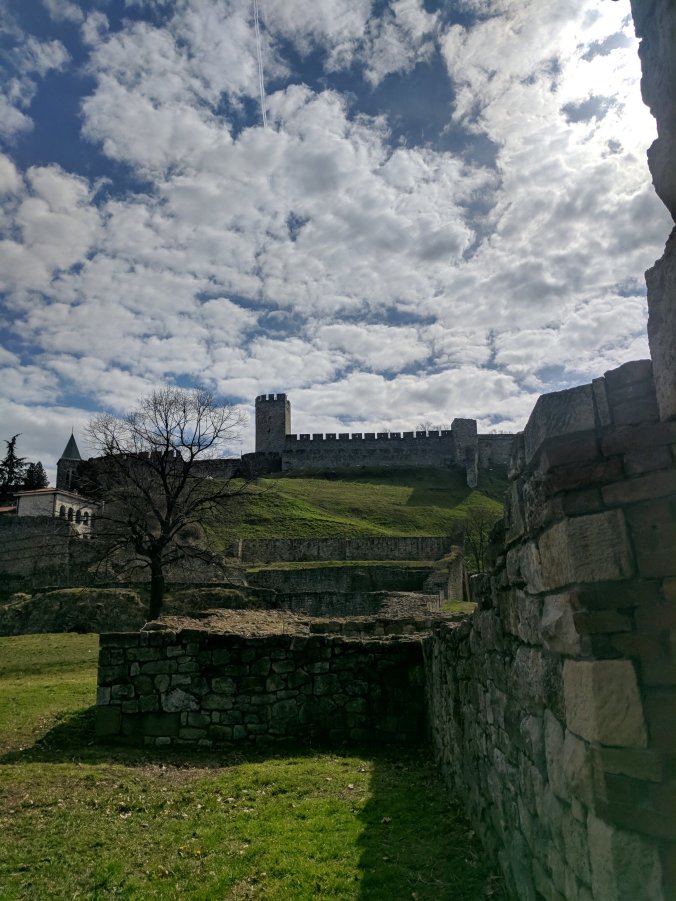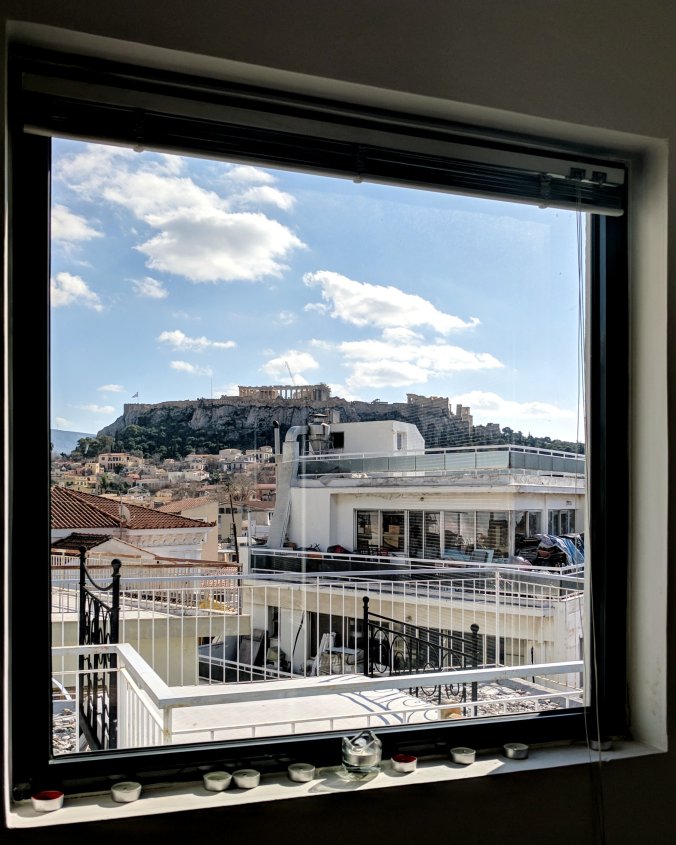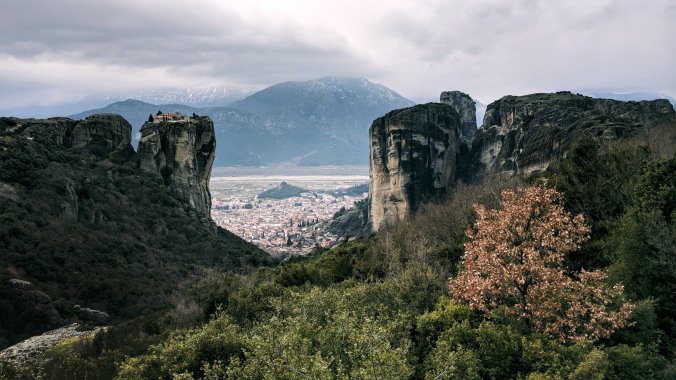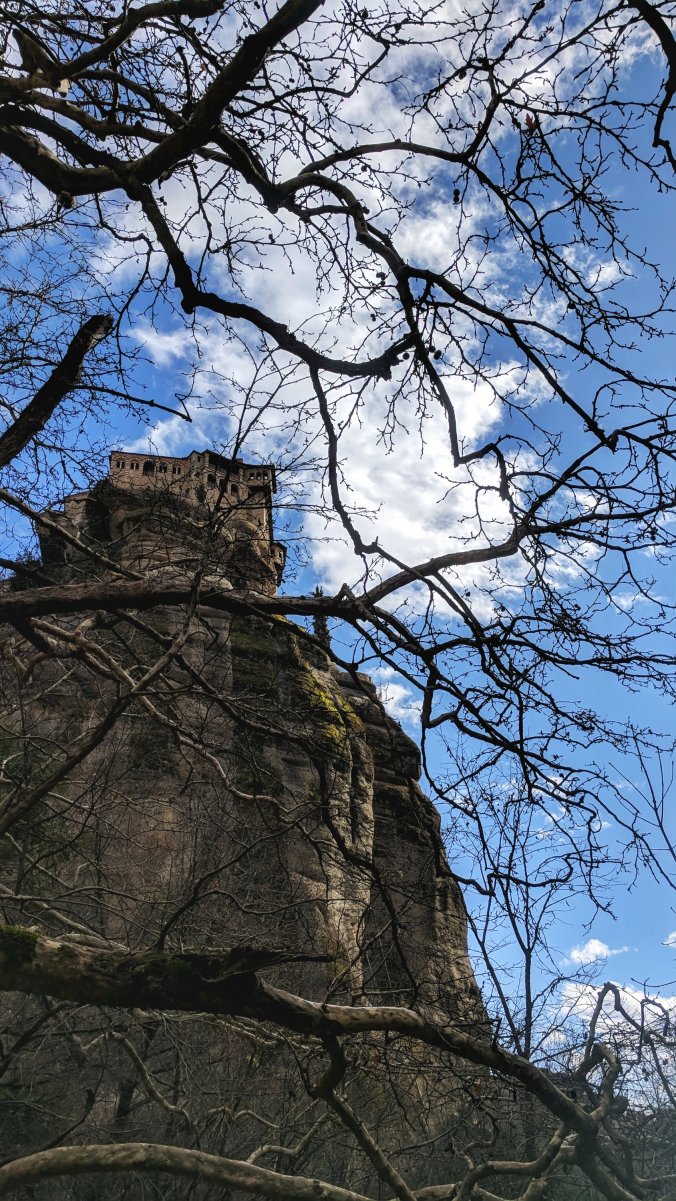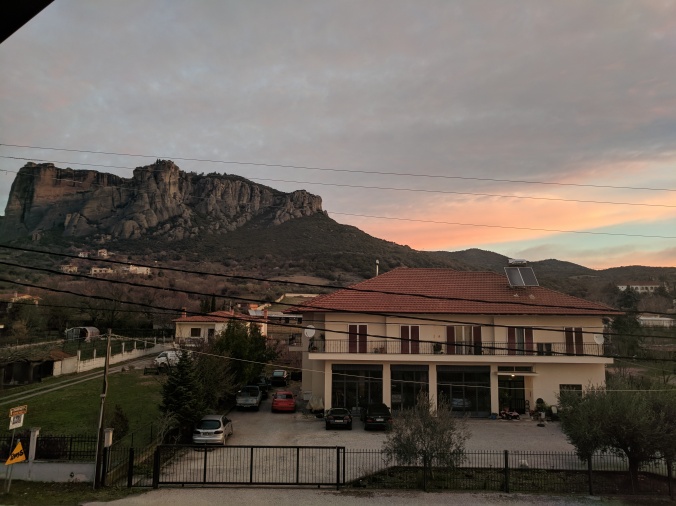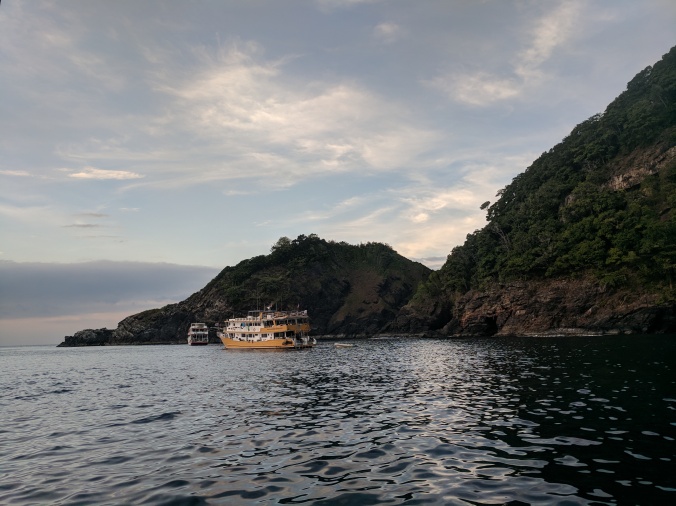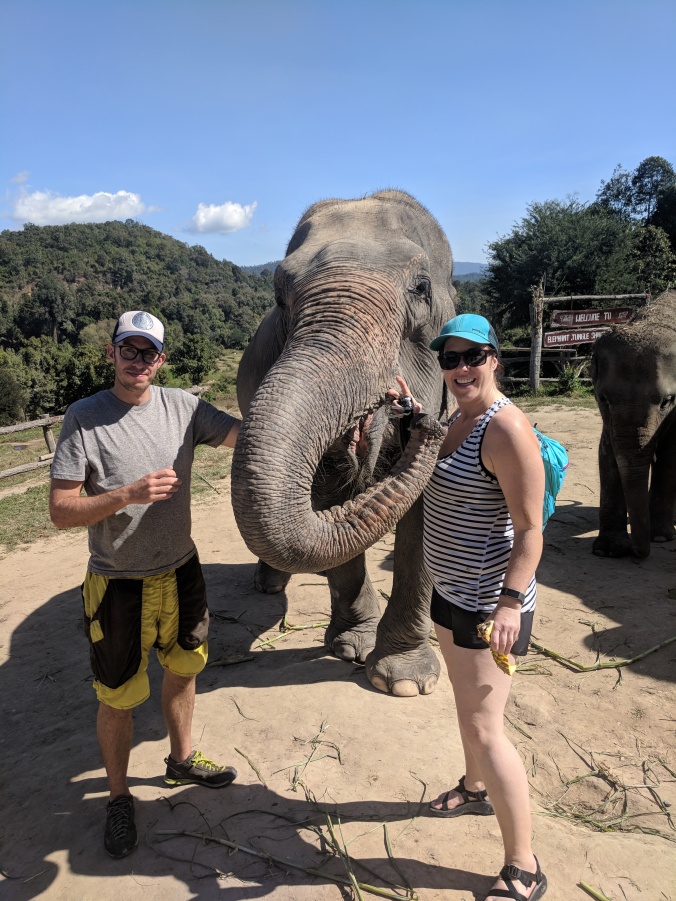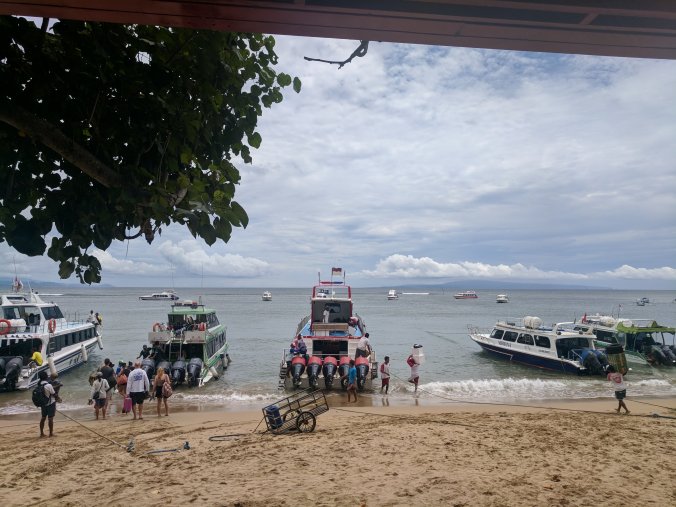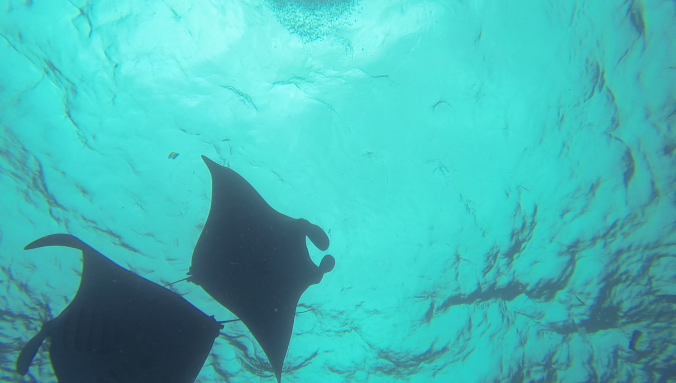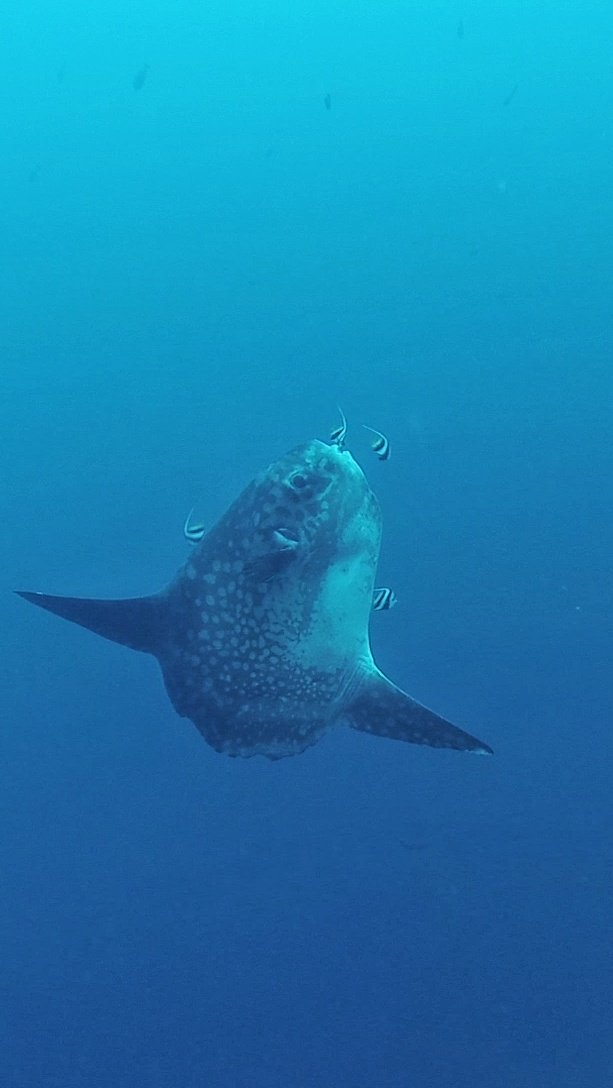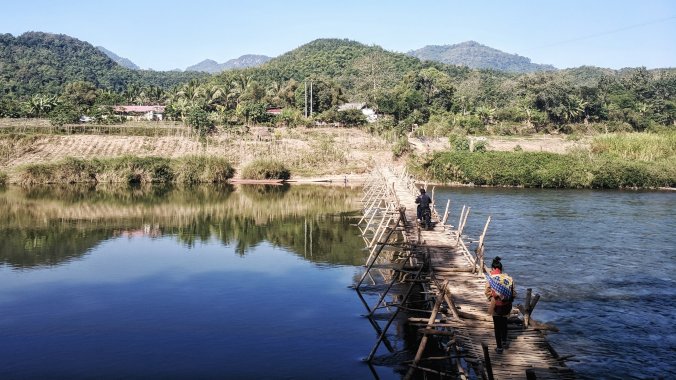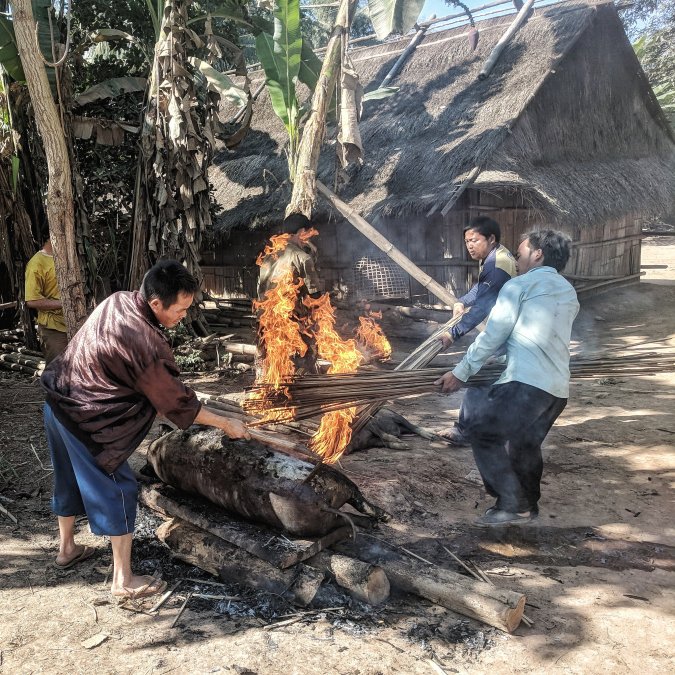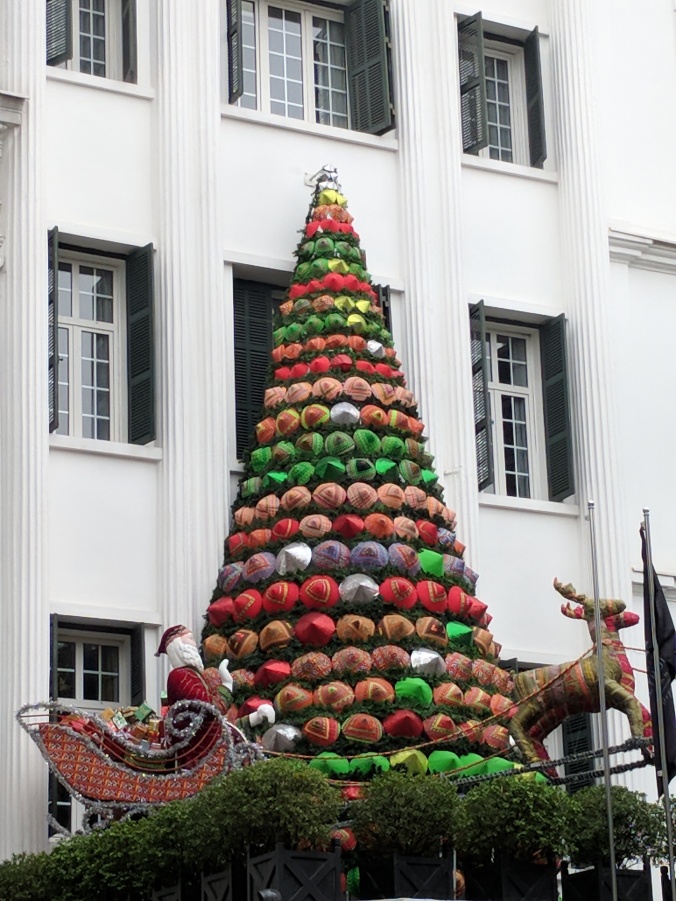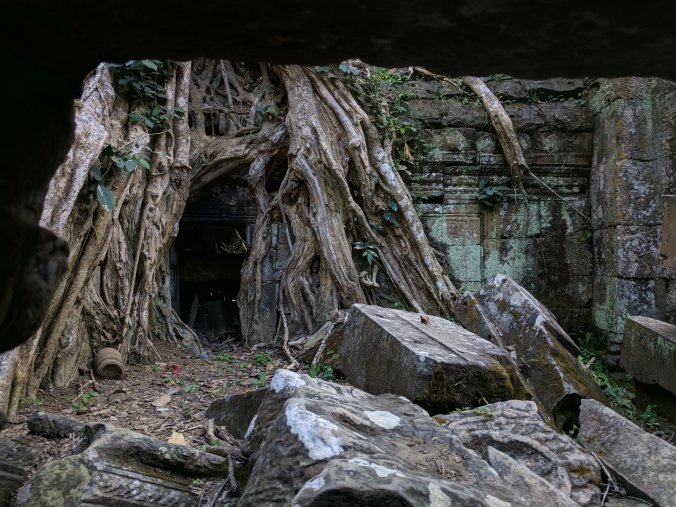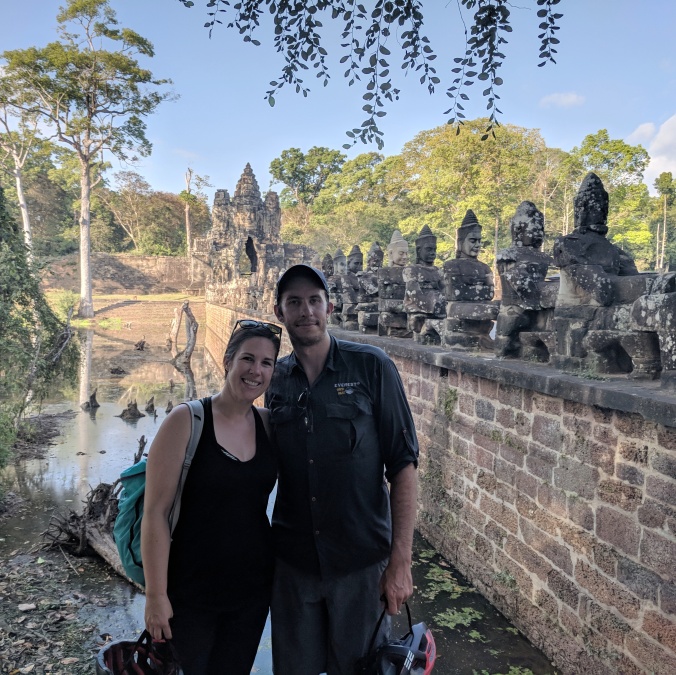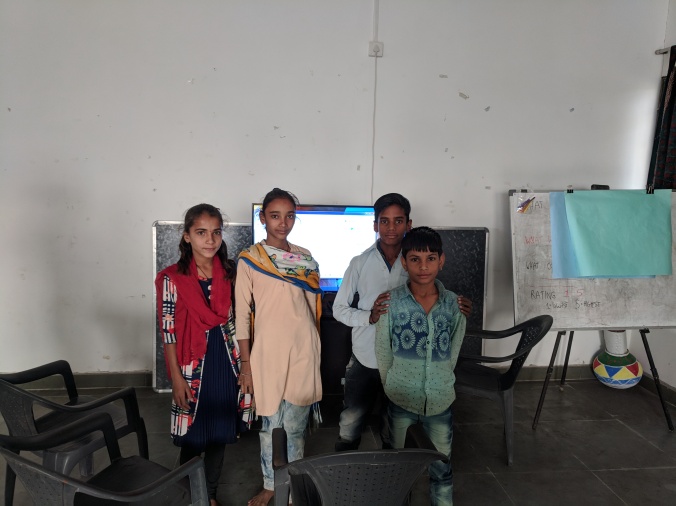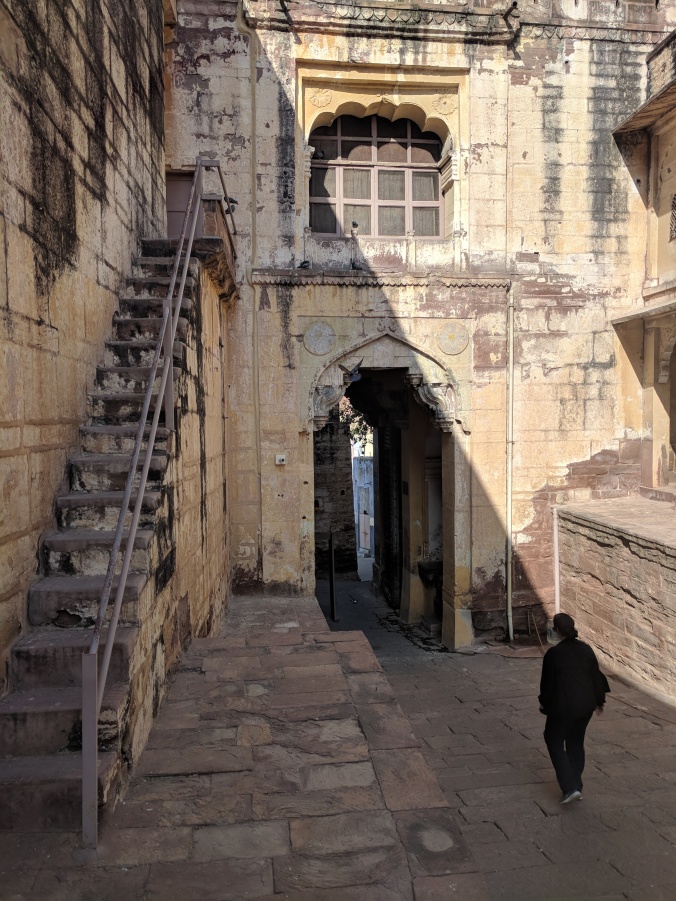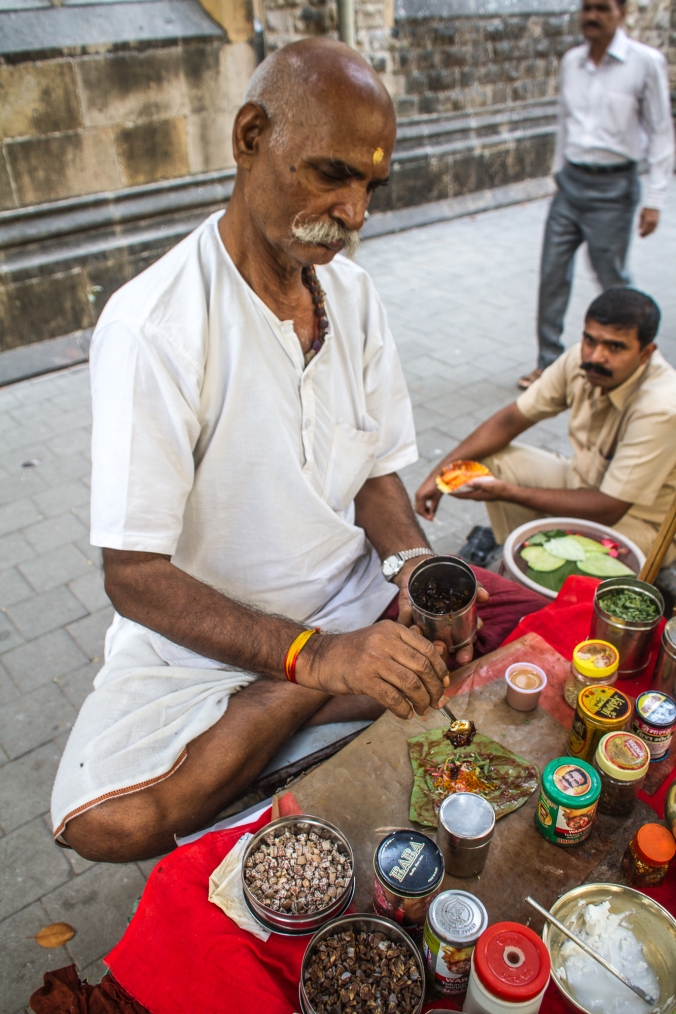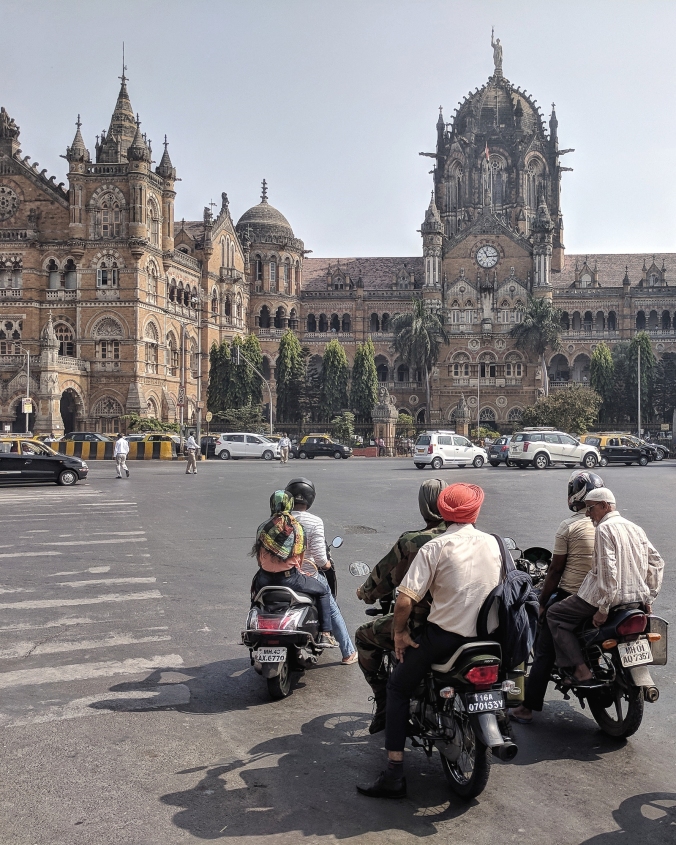The beauty of spending the last portion of our trip traveling through Europe is the vast system of railways that make moving from place to place extremely simple. You show up 15 minutes prior to your departure time, find the correct platform and when the train pulls in 6 – 10 minutes later, you find your reserved seat and settle. Trains are rarely late, there are no security lines, and very little stress.
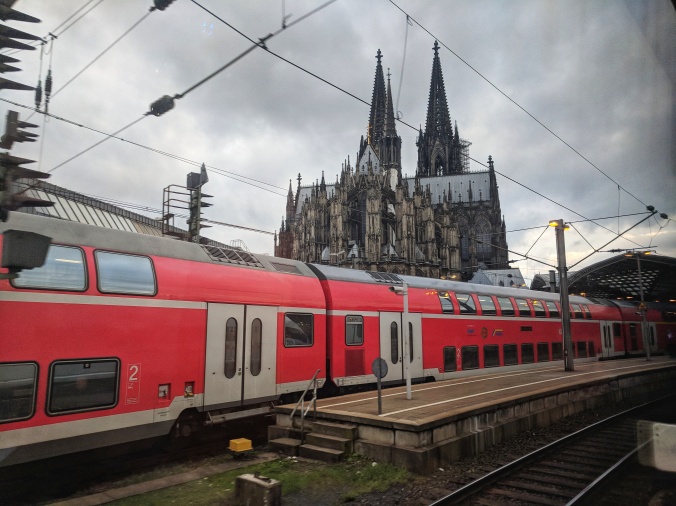
An early morning departure from Cologne, Germany
The tradeoff is that the journey will take longer than a plane flight, but there’s a luxury to traveling slow. You get a different perspective of the world – a brief peak of the countryside and towns that make up a nation. The most obvious benefit of this method of transportation is time. Time to read, listen to music, play cribbage, relax, and write.

Enjoying some wine and cribbage on the fast train from Milan to Rome
Towards the end of our trip, we took several long trips that provided ample time to reflect. Just sit with myself and think. Unfortunately, I didn’t particularly feel the creative inspiration to write more blog posts (something that I rather regret). There are so many thoughts and emotions swirling around in my brain and I’ve been having a hard time grasping concrete ideas to capture in print. And like many people, I’m very good at keeping my mind busy and don’t often take time to be introspective.
But while in Stockholm, about two months before our scheduled flight home, several things struck me that have continued to circle in my thoughts.

A cold and sunny Stockholm in April
Dean had traveled to Sweden previously, visiting distant cousins related to his grandmother and grandfather who both immigrated to the US in the 1920s. Because it’s a 30 minute metro ride outside of the city center, Dean was unable to visit Skogskyrkogarden (The Woodland Cemetery) on his last trip. The cemetery is a Unesco World Heritage site, but Dean’s interest is due to its natural beauty as well as its Nordic Classicism architecture.
What was once a gravel quarry overgrown with large pine trees in the early 1900s is now a beautifully manicured resting place with groves of mature trees shading the headstones. Elegant chapels blend into the surroundings of the natural landscape and benches litter the huge park, creating spaces for mourners and the local community to gather.
Now, I’m not much for cemeteries. The associations with death remind me of my father and the unresolved grief from his death in my late teens. Not to mention, that like most people, I avoid thoughts of my own mortality. But while I was sitting in the sun listening to the wind blow through the pines (one of my favorite sounds), I couldn’t help but think about this place not only as a resting place for the dead, but also a beautiful celebration of life.

A memorial for those who have passed on in Sweden
It was one of those perfect moments of contentment; leaving me feeling grateful and happy. But as often happens, I couldn’t hold on to it. Like a roundhouse kick to the head (Chuck Norris style), I was confronted with the heavy reminder that at some undetermined point in time, I too will die.
And just like that – my mind started to go into a spiral of negative thoughts and worry. What if I die young? Am I living my life to the fullest? What is my calling in life? What if no one remembers me?
Now you’ve likely heard the term “fight or flight,” the instinctual reaction our brain experiences when we feel fear or a sense of danger. This response is often referenced when cavemen were faced with fighting off saber-toothed tigers or huddling in a cave for warmth. You would think it has less of a role in today’s advanced society. However, recent scientific research shows that while the human brain has evolved, its primary function continues to be keeping you safe and alive. Thus resisting change and defaulting to loops of negative thoughts is a defense mechanism designed to discourage you from taking actions that might jeopardize that safety.
I’ve read multiple books and articles discussing this phenomenon and have started to practice techniques that counteract my negative thinking. The first step is recognition of its occurrence. Then instead of reinforcing the endless loop of negative thoughts, I interrupt it by pausing and practicing gratitude.
While it’s difficult to stop the train once it gets rolling, I was able to take a deep breath and instead, thought about the beauty of the day and how lucky I am to be sitting in this stunning place. Continuing that line of thinking, I was reminded that every day is a gift.
At home, it’s so easy to become a slave to routine. Focusing on day to day tasks and waiting for the weekend is a trap that we all fall into at some point. In the book, The Happiness Project, Gretchen Rubens states, “The days are long but the years are short.” Due to the instability of our current life (traveling with few obligations and little opportunity to build routines) it’s easier to spot where I’ve allowed myself to become stagnant.
For instance, my sales career forced me to be constantly forward looking – hustling to reach each month end and working to beat my number for the year. Interacting with my customers and helping solve business challenges with technology was engaging and I took great pride in assisting them to make the right decisions. Though because of my narrow focus, I was never able to fully appreciate being in the moment and enjoy the process of learning.
In thinking about it further, I became aware that this behavior is extremely dangerous. If you have been following the blog, you know that this is not a new thought for me. It’s something I’m improving, but still have to work at – appreciating the experience, rather than focusing solely on the final result.
Which leads me to thinking about our current journey. We’ve returned to the United States and are spending a couple of much needed months with our families in Wyoming, enjoying the people and the surroundings that we’ve missed before moving back to Denver to resume our lives. Not that things will be the same when we return – how could they?
There are countless lessons I’ve learned throughout our current journey, but after much reflection, I’ve decided on three important themes to share with you:
- Gratitude
- Positive mental attitude
- My relationship with ‘things’
Throughout our trip, I’ve been reminded time and again how fortunate Dean and I are. Let’s start with the basics: we live in a developed nation that has a high standard of sanitation and cleanliness. Though there’s no shortage of political shenanigans, our government is relatively stable, and we have a growing economy with low unemployment and ample opportunities for people to improve their lives.
To many people in the countries that we visited, these simple and foundational principles of society aren’t necessarily a given and thus not taken for granted. While I’m not naive to issues and struggles of people within the US, I believe there is an overarching sense of ownership in one’s own destiny that isn’t always replicated elsewhere in the world.
I am further grateful that our family and friends are all in good health, that we live in a beautiful area of the country that promotes communing in and conserving nature – something I took for granted previously but now realize is important for my mental health and happiness. Dean and I own a home and have money in the bank. We are both smart and hard-working individuals with bright employment prospects.
Oh! And we have this amazing opportunity to take a year off to travel and work on ourselves. There’s no shortage of things to be grateful for when my negative-thought train pulls out of the station. Daily I’m improving my abilities to stop it in its tracks.
Second, there’s PMA – positive mental attitude. Traveling has taught me that everything is about perspective. Yes, there are times when circumstances are less than ideal. A dirty airport bathroom can put a dampener on your day, however remembering that it will never be as bad as the bus station squatter in Jaipur at 5:30am helps keep my attitude stable.
When I was younger I was on an emotional roller-coaster, swinging from happy to upset in the blink of an eye due to an unforeseen issue or a thoughtless comment. Now, I’m able to take a pause to understand the situation before expending any unnecessary energy reacting (or overreacting) to my surroundings.
A great example happened at an espresso counter in Rome when a gentleman cut in front of me in line to order coffee. Normally I would have made an exasperated noise or comment to let him know that he had transgressed on what I perceive as social protocol, (something that is very important to me). Instead, I waited my turn with a mental shrug, grateful that I have all the time in the world. It seems like a little thing, and it is. But thinking about how often I would be impacted by little things, puts into perspective how much energy I wasted on stuff that never really mattered. I realize that there’s very little in my life that I’m unable to change. My attitude is critical in how I view and interact with the world and therefore, I need to continually practice seeing things in a positive light. A habit that will significantly contribute to my abilities to control that thought train (choo choo!).
Lastly, there’s my new found attitude towards consumerism and my relationship with “things.” Knowing that every piece of clothing or souvenir that we purchased throughout the trip would have to be carried on our backs, I was extremely discriminating in determining if something was absolutely necessary. I’ll gladly stow a gift from any of the amazing people that we’ve met along the way, but I’ll forgo an extra scarf or any number of neat souvenirs to save space in my bag. Now, this didn’t stop me from buying some last minute gifts in Paris and filling my bag to the legal limit with French wine to enjoy when we returned, but I only had to lug those to the airport and the experience of sharing a small piece of our trip with those I love is worth the effort.

Extremely full backpacks on our return to the US
For the most part we worked to adhere to a strict budget and any extraneous purchases came off of our daily target. I would much prefer having a glass of wine on the outdoor stairs of a restaurant in Athens than a perfume purchased at the ‘local’ Sephora. In fact, there are a number of studies and a whole genre of happiness research concluding that spending your money on experiences is a better investment towards happiness than buying stuff (read Dan Gilbert’s, Stumbling on Happiness, or this LifeHack article).
Because I don’t operate with a strict budget at home, I’m not as mindful when visiting stores and therefore I always end up buying things that I don’t truly need. Large box stores in particular are my downfall. A trip to Target to purchase toilet paper often turns into a $200 bill as I wander the aisles, picking up things that I might need in the future. Contributing to an increasing amount of stuff stored in drawers and closets which creates this nonsensical need for more space. It’s a dangerous cycle that often leads many people to buy larger houses, purchasing more stuff to fill it, and oftentimes, working at a hated job to make enough money to pay for it.
Seeing exactly how much we’ve needed to live for the last 7 months shows me that I can do with much less than what we have stored in our garage right now and prompts me to make changes on how I acquire moving forward. It’s funny, but I’ve found that when you aren’t able to buy things, eventually, you end up not wanting to. Which has led us to spending our time enjoying people and places, actively avoiding the aisles at the countless number of stores in each city. When someone asks me about my time in Paris, or Budapest, or Thailand, I’ll be able to tell stories about the people we met, the places we saw, and the experiences we had, instead of responding, “the shopping was great!”
Thinking about it now, I realize that I used to spend entirely too much time shopping and would have entirely too much of my hard earned money invested in clothes I didn’t wear, extra toiletries, or pantry food items. As an example, I would go to three different grocery stores to get exactly what I needed while stocking up on items that were on sale, instead of adapting my meal choices to what was available at one store. It’s pretty ridiculous. And after my experiences on this trip, I am coming to terms with the reality that my time is truly limited.
I know one thing – I don’t want to waste my time. I want to take the experiences that I’ve had and appreciate my finite gift of time. At the end of my life, I hope to have the luxury of listening to the wind blow through the pines and be happy that I made changes, constantly learning and growing as a person. Now the only thing I have to do is figure out how I’m going to take what I’ve learned and carry it with me moving forward. But understanding that the only thing that I truly have control over is myself, I know I’m capable of making the decision and committing to it (with a little help from those around me). Just like I did when I first started thinking about taking a year off to travel the world.


